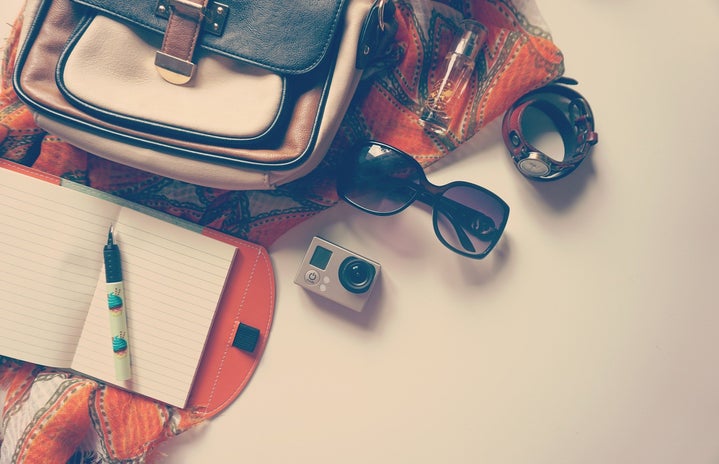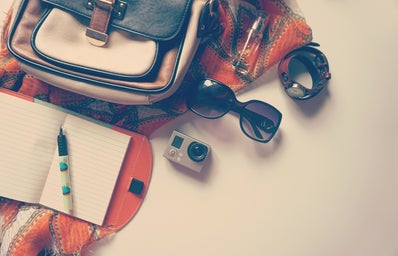Two of my main philosophies in life are environmentalism and minimalism. As a tree-hugger, I believe a less materialistic society is key to protecting our natural world. Minimalism heavily focuses on limiting the amount of stuff an individual owns. So I basically use minimalism as a tool to support my environmental values.
Minimalism in Practice
You might have heard of the new Marie Kondo series on Netflix; her method is based on minimalist values. She tells her clients to only keep what sparks joy and items that increase our well-being. So don’t go throwing out your toothbrush or dishes because they’re not sparking joy in you! Minimalism can also be focused on relationships, career choices, and other aspects of life. But for now we will stick to the material items and, more specifically, clothing.
My hardest journey yet in minimalism is through fashion. Our society has a strong connection to clothing; it is often the first thing people notice about us. Clothing is also important to specific social groups as they can let others know we are part of their tribe. As with the clothing style of punk, other people who dress this way are more likely to approach one another and swap music tastes or favorite venues. In all honesty, fashion is also just really fun. With the rise of fast fashion we have shifted our human need for novelty to our clothing choices. Shopping for some Americans is a weekly or even daily activity. Hey, who can blame us? We get a hit of dopamine just from finding something new. But, do you know what is even more rewarding? Living by a value system, of course! If you’re new to the idea of values or virtues in an explicit sense, try this cool wikiHow to get yourself started.
My best tool for minimizing my consumption is through bans, usually set at a year. I’ve done bans on books, clothing, cds/records, and general knickknacks. But the clothing ban was the most tricky, I first went two years and then immediately went back to buying clothes with no real conscious thought. After another two year ban and some research, I now feel better about how I shop for clothing. So enjoy some tips for more sustainable and thoughtful ways to shop.
Before You Shop
The first step is getting rid of items that are no longer useful to you, these could be items you haven’t worn for years, that don’t fit, or are no longer your style. I actually took all of my clothing out of the closet and drawers at once and tried every single item on. You can decide the metric for keeping or discarding an item. Marie Kondo’s joy sparking method is a great one for clothes. Make three different piles: keep, repair, donate.
Get them out of the house! Repairable clothing could be taken to a seamstress or if you have the skills yourself, more power to ya! Donations should be sifted through thoughtfully, consignment shops and donation centers don’t keep clothing that is too worn. Use your judgement, because unusable clothing will most likely end up in the landfill. Save these for rags for cleaning or maybe you or a friend sew and could use the material for something special. My favorite donation center near campus is The Angels Community Outreach These donations go directly to families in need in the surrounding area.
Now You’re Ready to Shop–If You Need It!
-
Shop second-hand! Glassboro has Goodwill and Thrift Village; both on Delsea Drive. There’s even online thrifting, my favorite is ThredUp.
-
Choose pieces that are classic and timeless. They will get more wear over the years and limit the amount of replacement shopping you have to do.
-
Inspect the fit thoroughly. Will your bra show? Do you have to adjust straps? Does it feel tight? Investing in a good strapless bra and a low back bodysuit is a good idea for some styles. Or go braless, it’s 2019!
-
Make sure you feel comfortable bending down, sitting, etc. Movement and material determine the comfort level; if you’re not comfortable in the item don’t buy it!
-
Think about what type of occasion would call for the piece. If it doesn’t fit in with a special occasion or daily wear you don’t need it. For instance, I don’t go out much so I tend not to buy things on the fancier side, even if I fall head over heels in every other aspect.
-
Check the quality; if there’s pilling, pulling, or stains, put it down and walk away.
These tips only scratch the surface of what a sustainable and minimalist wardrobe can be. Look for future articles to inspire and learn more about what the sustainable fashion world can offer.


